PORTUGAL
Porto

Porto
Porto
Porto is a busy industrial and commercial center in Portugal. According to the 2011 census, the city of Porto has 237,584 inhabitants and the metropolitan area has 1,672,644 inhabitants. Administratively, the historic city of Porto is divided into 15 districts. Porto, also known as Oporto, is the second largest city in Portugal, after the capital Lisbon and also the second largest urban area in Portugal. The Porto wine is the famous Portuguese wine from this area. Porto has impressive wine warehouses. The historic center of Porto was declared a World Heritage Site by UNESCO in 1996. The protected area has both a wider zone and a narrower zone consisting of the medieval town surrounded by the 14th century Romanesque wall.
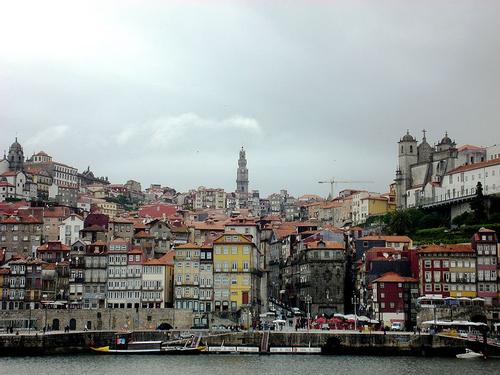 Porto Historical WarehousesPhoto: Alchimista CC 3.0 Unported no changes made
Porto Historical WarehousesPhoto: Alchimista CC 3.0 Unported no changes made
| advertisement |
| Hotels Porto |
Location
The coordinates of Porto are: 41°9 '43' North latitude and 8°37 '19 '03' West longitude. Porto is one of the oldest European cities and is located at the mouth of the Douro River in the north of Portugal. The area has been continuously inhabited since the 4th century BC, when it was an outpost of the Roman Empire.
Weather
Porto has a semi-Mediterranean climate, but is heavily influenced by the Atlantic Ocean, so the weather is cooler than in other places with the same climate. Summers are hot and dry, winters mild and rainy. Cool and rainy days can interrupt the dry season, making the summer season shorter. Porto is one of the rainiest cities in Europe, with an average rainfall of 1,236.8 mm per year. Nevertheless, there are long periods of mild temperatures and sunny days even during the rainiest months. Summers are usually sunny with average temperatures between 16°C and 27°C. The highest temperature recorded was 39.5°C. Nearby beaches are often windy and usually cooler than urban areas. In winter, temperatures vary between 5°C during the morning and 15°C in the afternoon, but it is rarely below 0°C in the night. The lowest temperature ever recorded was -3.3°C. The average number of hours of sunshine per year is 2463.
History
Porto's history dates back to the 4th century, from the Roman conquest of the Iberian Peninsula. Celtic ruins have been discovered in various areas, indicating that the site has been regularly inhabited since about 275 BC. During Roman rule, the city developed as an important commercial port. Porto was under the control of the Moors during their invasion of the Iberian Peninsula in 711.
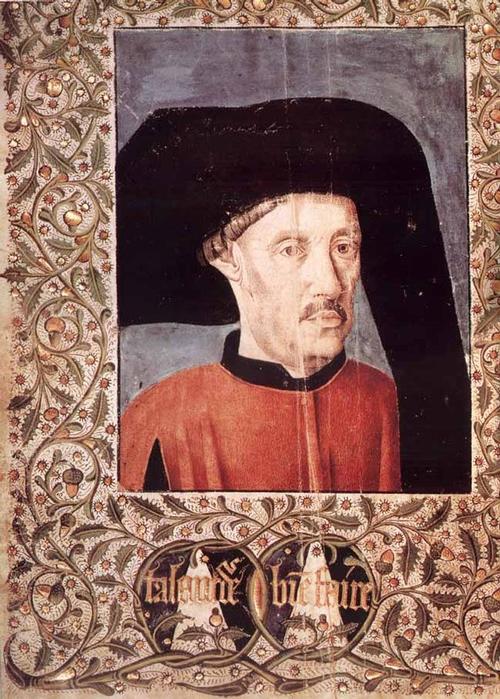 Henry the Navigator PortoPhoto: Public Domain
Henry the Navigator PortoPhoto: Public Domain
In the 14th and 15th centuries, Porto's shipyards contributed to the development of Portuguese shipbuilding. It was the port of Porto where, in 1415, Prince Henry the Navigator (son of John I of Portugal) started the conquest of northern Morocco. This journey was followed by other Portuguese sailors and their travels and conquests along the west coast of Africa.
During the 18th and 19th centuries, the city became an important industrial center and the population grew. The invasion of Portugal by Napoleon's troops also affected the city of Porto. The French army was defeated by Arthur Wellesley, the first Duke of Wellington, at the Douro River. In August 1820, Porto revolted against English rule. A Civil War took place in the early 1820s. In January 1891, Republicans sparked an uprising in Porto. As a result of this revolt, the Portuguese Republic was founded in 1910. On January 19, 1919, the Monarchy of the North was proclaimed in Oporto. During this time, Porto briefly became the capital of the Kingdom. The monarchy was abolished a month later and never restored.
Places of interest
Below is a brief overview of the most important sights of Porto.
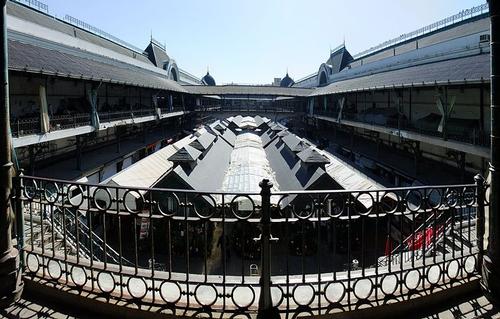 Mercado do Bolhão PortoPhoto: Davitof CC 3.0 Unported no changes made
Mercado do Bolhão PortoPhoto: Davitof CC 3.0 Unported no changes made
In the center of the city is the Mercado do Bolhão, a traditional market with fruits, vegetables, fish and meat, a big attraction for tourists. The town hall is nearby. Six bridges connect Porto to Gaia on the other side of the Douro River. From the bridges you have a beautiful view of the river. Porto is an interesting and mysterious city that slowly reveals its charm to the visitor. The city has preserved old traditions and is certainly worth a visit.
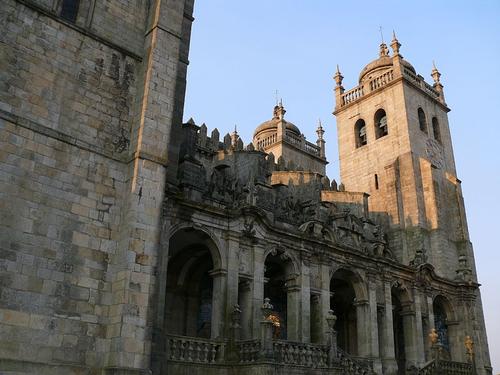 Porto CathedralPhoto: Isabelleguyot CC 3.0 Unported no changes made
Porto CathedralPhoto: Isabelleguyot CC 3.0 Unported no changes made
One of the city's architectural highlights is the Porto Cathedral. It is the oldest structure, together with the small Romanesque church of Cedofeita, the Gothic church of Saint Francis and the remains of the city walls and some 15th century houses. The stock exchange (Palácio da Bolsa), the Hospital of Saint Anthony, the buildings on Liberdade Square and Avenida dos Aliados, the tile-decorated train station São Bento and the gardens of the Crystal Palace (Palácio Cristal) represent Neoclassicism and the Romanticism of the 19th and 20th centuries.
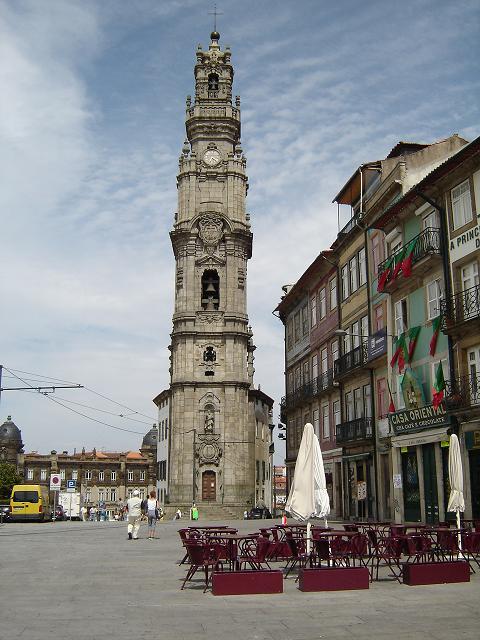 Torre Clerigos PortoPhoto: JoaoMiranda CC 3.0 Unported no changes made
Torre Clerigos PortoPhoto: JoaoMiranda CC 3.0 Unported no changes made
The famous Baroque church of Torre Clerigos, built between 1732 and 1763 by the Italian architect Nicola Nasoni, has become an architectural and visual highlight. The bell tower in particular catches the eye. You have an impressive view of Porto from the tower.
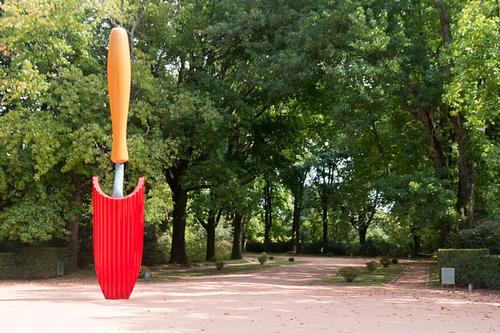 Serralves Contemporary Art Museum in PortoPhoto: Daniel Villafruela CC 4.0 no changes made
Serralves Contemporary Art Museum in PortoPhoto: Daniel Villafruela CC 4.0 no changes made
The world-renowned Museum of Modern Art in Serralves is worth a visit for lovers of modern architecture. It was designed by & Aacute; lvaro Siza Vieira, a Portuguese architect known for his minimalist designs. The bright white walls and clean lines are striking. The museum does not have a permanent collection but is constantly changing and always has fascinating exhibitions in the field of modern art.
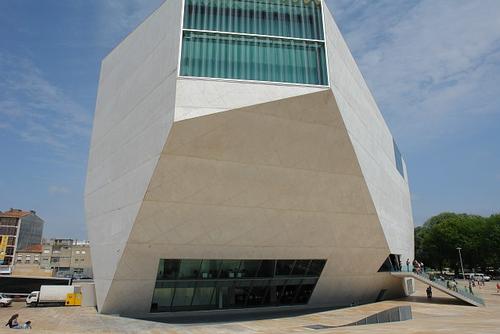 Porto Casa di Musica building by Rem Koolhaas in PortoPhoto: Osvaldo Gago CC 3.0 no changes made
Porto Casa di Musica building by Rem Koolhaas in PortoPhoto: Osvaldo Gago CC 3.0 no changes made
The Casa di Musica is a small piece of the Netherlands in Porto. The building was designed by Rem Koolhaas. It was planned to be completed in 2001 when Porto was the European Capital of Culture, but due to all kinds of problems, the building was only completed in 2005. It is considered one of the best concert halls in the world and it is of course nice to attend a concert. If that doesn't work, you can take a tour of the building.
Tips
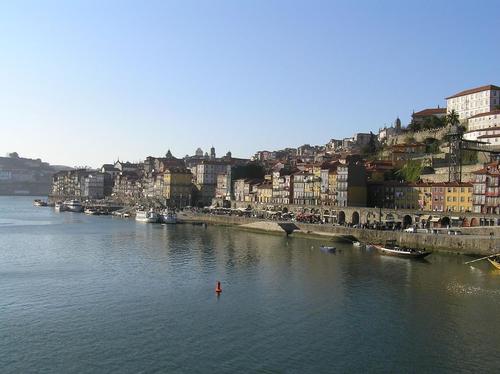 Ribeira PortoPhoto: João Tiago M. S. Andrade CC 2.0 Unported no changes made
Ribeira PortoPhoto: João Tiago M. S. Andrade CC 2.0 Unported no changes made
In 1996, the historic center of Porto was declared a UNESCO World Heritage Site. The city center with its historic buildings and monuments is particularly attractive to tourists from all parts of the world. They usually start at the Ribeira, the riverside neighborhood that is the best place to start a visit to Porto. On the other side of the river is Ribeira de Gaia, known for the wine cellars of the world famous Port.
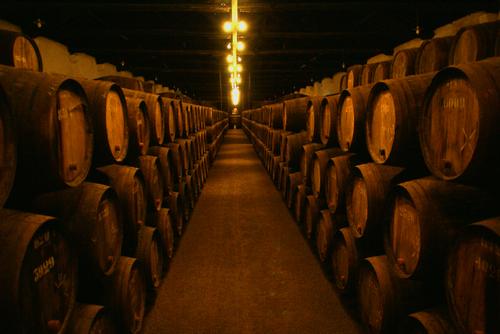 Port cellars PortoPhoto: Jairo (CC BY 2.0)no changes made
Port cellars PortoPhoto: Jairo (CC BY 2.0)no changes made
The tip in Porto is to visit the Port cellars. You can take a tour of one or more of the renowned Port houses, such as Calem, Taylor's, Sandeman and Dow or one of the lesser known houses. The tour also always includes a tasting.
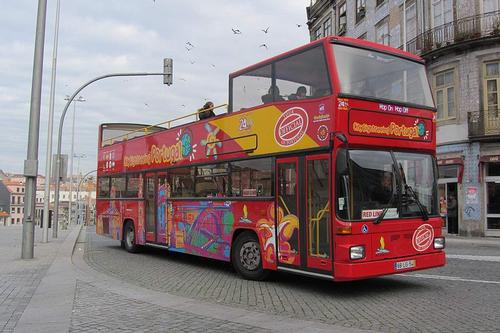 Porto Hop/on hop offPhoto: Giokai421 CC 2.0 Generic no changes made
Porto Hop/on hop offPhoto: Giokai421 CC 2.0 Generic no changes made
The hop/to hop/off bus or the yellow bus is one of the most comfortable ways to reach all to discover the highlights of Porto. In double-deckers you can quickly see all the sights with different routes, including those that are a bit further away and the beach.
Useful links Porto
BBC Country ProfilesWorld Fact Book Explore all Countries
How to call
Last updated June 2025
Copyright: Team - The World of Info